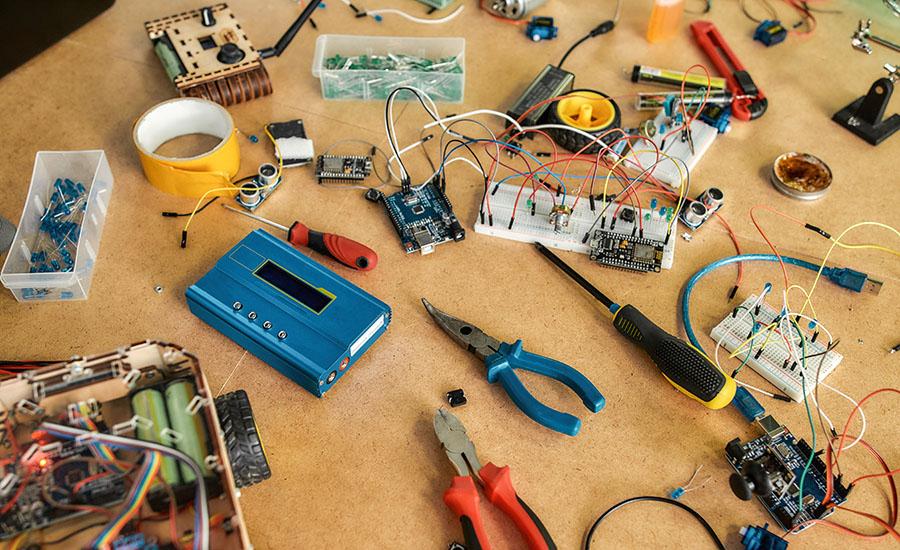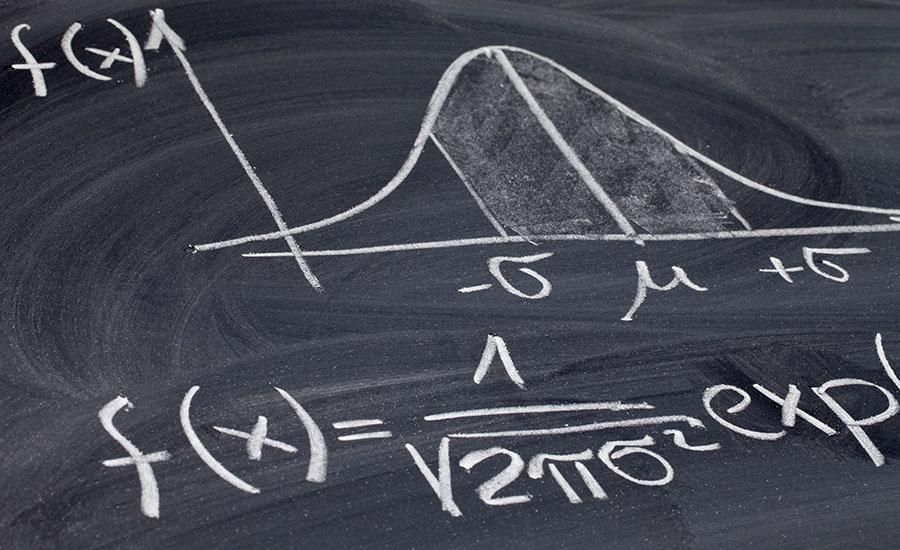
Help Us Adapt!
by Seteara Haddock
Students will be designing a shade structure to fit a mini-raised garden bed in order to help it adapt to the increasing sunshine in summer.
Lesson Grade Level
6th GradeLesson Plan Link/URL
https://docs.google.com/presentation/d/15BNkt13ZeFhgteD-zXeYQ-P_IMiDDGGQ/edit?u…Subject Area
Science Physical Science P2: Objects at a Distance Technology 4. Innovative Designer Engineering S3: Apply Mathematics to Engineering Mathematics Measurement and Data (MD) Geometry (G) English Language Arts (ELA) Writing
Featured
Off
Related Content

Grades:
6th Grade, 7th Grade, 8th Grade
The students design and test a catapult using simple materials like popsicle sticks and rubber bands. They learn about the history of catapults and also about the physical science concepts related to

Grades:
6th Grade
This lesson takes place in a classroom over two weeks. Students may work in small groups of 2-3. Prior to the robotics challenge, teachers should facilitate student discussion through guided lessons

Grades:
6th Grade, 7th Grade
Students will learn basic concepts of physics, including velocity, motion, and vector. S tudents will develop and use a model to predict how forces act on objects at a distance. Finally students will